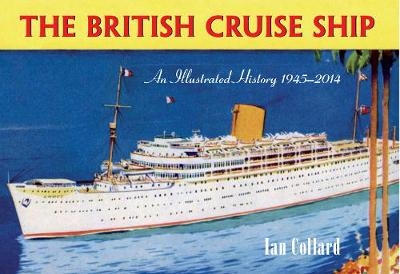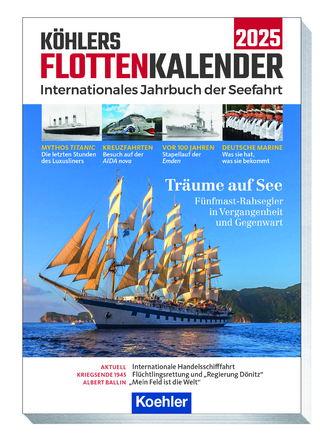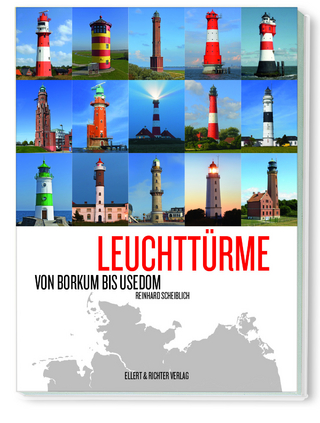
The British Cruise Ship an Illustrated History 1945-2014
Seiten
2014
Amberley Publishing (Verlag)
978-1-4456-2138-8 (ISBN)
Amberley Publishing (Verlag)
978-1-4456-2138-8 (ISBN)
Covering the Golden Age of the British Cruise Ship, Ian Collard takes us through the transition from liner voyages to cruising as we know it today.
When Arthur Anderson invited William Makepeace Thackeray to take a cruise in 1844, and to write about it, British shipping lines offered passage on their vessels for no other reason than leisure. By the 1880s, passenger ships designed solely for cruising were being built, and the cruise ships kept many a shipping line afloat during the Depression years, whether by offering booze cruises to nowhere for alcohol-starved Americans, or out of unlikely ports such as Immingham to Norway for the British middle classes. Ian Collard continues the story of British cruising from the end of the Second World War, when Cunard began construction of their 'green goddess', the Caronia, aimed squarely at the American market. The 1960s saw a shift from line voyages to cruising as the major money earner for all of the British passenger lines. The QE2 and Canberra made up the bulk of British cruise voyages in the 1970s and early 1980s. By the 1990s, there had been a resurgence in cruising, with new cruise ships and companies operating. From a low of 180,000 passengers in 1981 to some 1.5 million in 2013, British cruising is alive and well.
When Arthur Anderson invited William Makepeace Thackeray to take a cruise in 1844, and to write about it, British shipping lines offered passage on their vessels for no other reason than leisure. By the 1880s, passenger ships designed solely for cruising were being built, and the cruise ships kept many a shipping line afloat during the Depression years, whether by offering booze cruises to nowhere for alcohol-starved Americans, or out of unlikely ports such as Immingham to Norway for the British middle classes. Ian Collard continues the story of British cruising from the end of the Second World War, when Cunard began construction of their 'green goddess', the Caronia, aimed squarely at the American market. The 1960s saw a shift from line voyages to cruising as the major money earner for all of the British passenger lines. The QE2 and Canberra made up the bulk of British cruise voyages in the 1970s and early 1980s. By the 1990s, there had been a resurgence in cruising, with new cruise ships and companies operating. From a low of 180,000 passengers in 1981 to some 1.5 million in 2013, British cruising is alive and well.
Ian Collard a well-known local author and has written many books on ocean liners and cargo ships, particularly those sailing out of Liverpool itself. Acknowledged as one of the local experts, he has even appeared on radio to tell of his times as an author. He lives in the Wirral, within sight and sound of the Mersey.
| Erscheint lt. Verlag | 15.6.2014 |
|---|---|
| Zusatzinfo | 180 Illustrations |
| Verlagsort | Chalford |
| Sprache | englisch |
| Maße | 246 x 168 mm |
| Gewicht | 461 g |
| Themenwelt | Natur / Technik ► Fahrzeuge / Flugzeuge / Schiffe ► Schiffe |
| Geisteswissenschaften ► Geschichte ► Teilgebiete der Geschichte | |
| ISBN-10 | 1-4456-2138-X / 144562138X |
| ISBN-13 | 978-1-4456-2138-8 / 9781445621388 |
| Zustand | Neuware |
| Haben Sie eine Frage zum Produkt? |
Mehr entdecken
aus dem Bereich
aus dem Bereich
internationales Jahrbuch der Seefahrt
Buch | Softcover (2024)
Koehler in Maximilian Verlag GmbH & Co. KG
23,95 €


